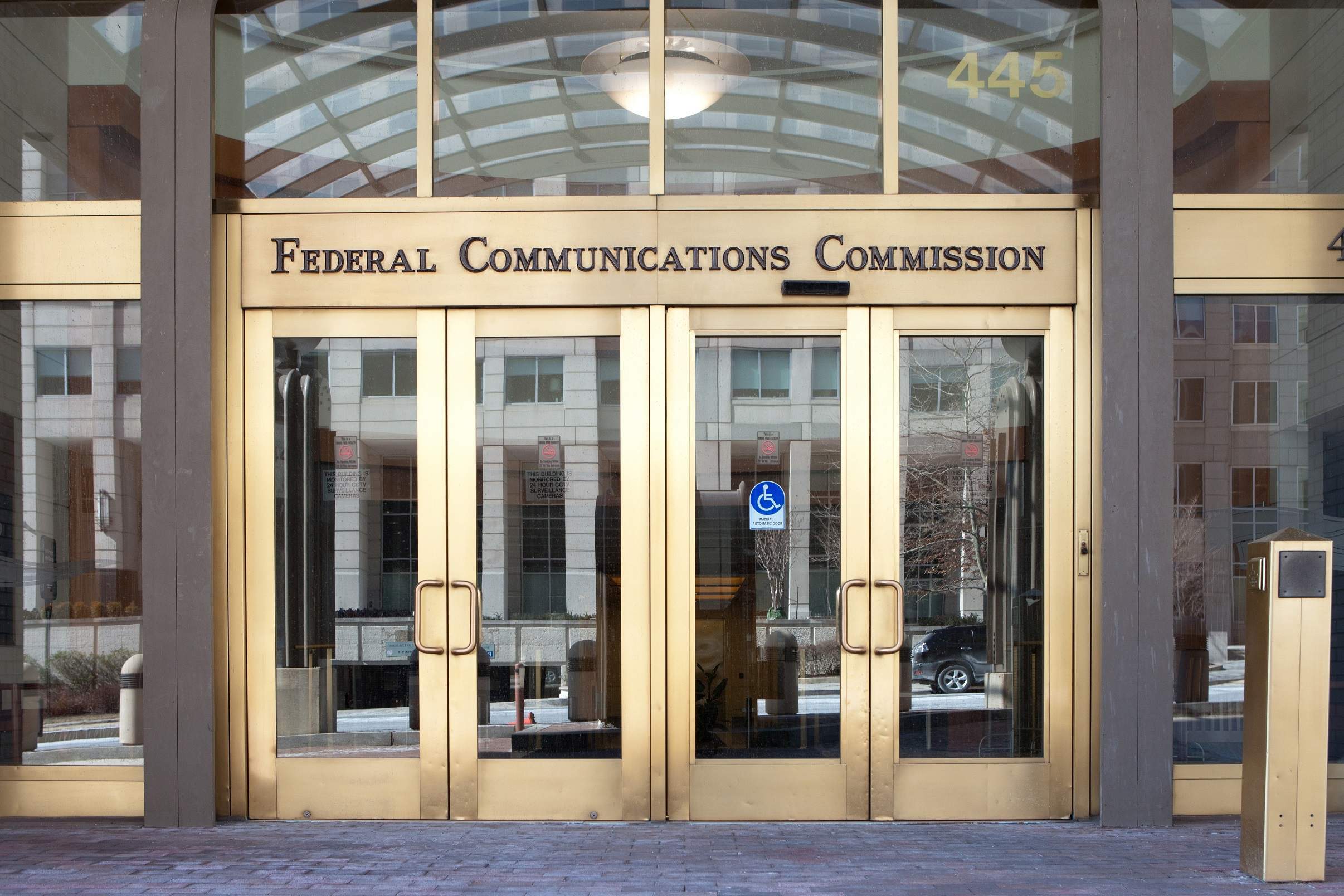US FCC chairwoman Jessica Rosenworcel proposed raising the national standard for broadband speeds to 100 Mbps/20 Mbps and resetting the long-term goal to 1 Gbps/500 Mbps (upload/download). The speeds proposed would mean the end of a practical lifetime for legacy technologies like xDSL and earlier generations of cable, while opening a way for FWA and satellite broadband, especially in rural areas of the US.
Chairwoman Rosenworcel’s proposal still needs to be accepted by the bipartisan FCC. Once accepted, the national standard would likely be tied with access to federal funding for broadband development, which was boosted recently as a part of wider US government infrastructure investment program. As such, it would become a de facto standard in parts of the US, benefiting predominantly rural and sparsely populated areas where internet speeds slower than the proposed 100 Mbps/20 Mbps are still the norm.
The standard would have far-reaching repercussions on telco operators and equipment vendors:
- Since most xDSL services are unable to sustain 100 Mbps/20 Mbps speeds on longer access links common in rural areas, operators will have to retire copper access and replace it with other technologies partially or totally, or risk losing access to federal funds. This process of a ‘mandatory migration’ may motivate fixed line operators to accelerate their ongoing transition to fiber or risk opening space for non-traditional competition (e.g., 4G/5G FWA, LEO satellite operators, or community networks).
- Although cable technologies now in use are mostly capable to match the new standard, slower broadband plans are still common in rural areas. The mandatory speed increase will mean necessary capacity upgrades in cable MSO networks, tied with additional expenditure and possible deeper network architecture changes to improve network capacity and scalability.
- Even with federal funding, US operators will find it hard to cover some of the sparsely populated or hard-to-reach areas by cost-efficiently using current fixed line technologies. This may, in turn, cause fixed line operators and cable MSOs to invest more into FWA and increase partnerships with mobile operators and LEO satellite operators that can achieve quick coverage of areas where fixed line or cable operators may be unable to match the new broadband standard.
New FCC broadband proposal is modest
The new broadband standard for the US is long overdue and relatively modest – China, for example, is implementing a national broadband mandate, which stipulates 1 Gbps wired and wireless speeds to all users, and 1 Gbps is most mentioned as a target speed for West European national broadband programs.
Another anachronism – perhaps concession to market reality – is that newly proposed 100 Mbps/20 Mbps standard speeds still feature severe asymmetricity. This is likely to stifle increasingly popular two-way services like video conferencing, which supports vital functions such as e-learning or e-health. Nevertheless, if accepted, the new national standard for broadband speeds, coupled with generous broadband funding, has the potential to shake up the status quo in the US broadband market and spur its transformation forward.
How well do you really know your competitors?
Access the most comprehensive Company Profiles on the market, powered by GlobalData. Save hours of research. Gain competitive edge.

Thank you!
Your download email will arrive shortly
Not ready to buy yet? Download a free sample
We are confident about the unique quality of our Company Profiles. However, we want you to make the most beneficial decision for your business, so we offer a free sample that you can download by submitting the below form
By GlobalData







